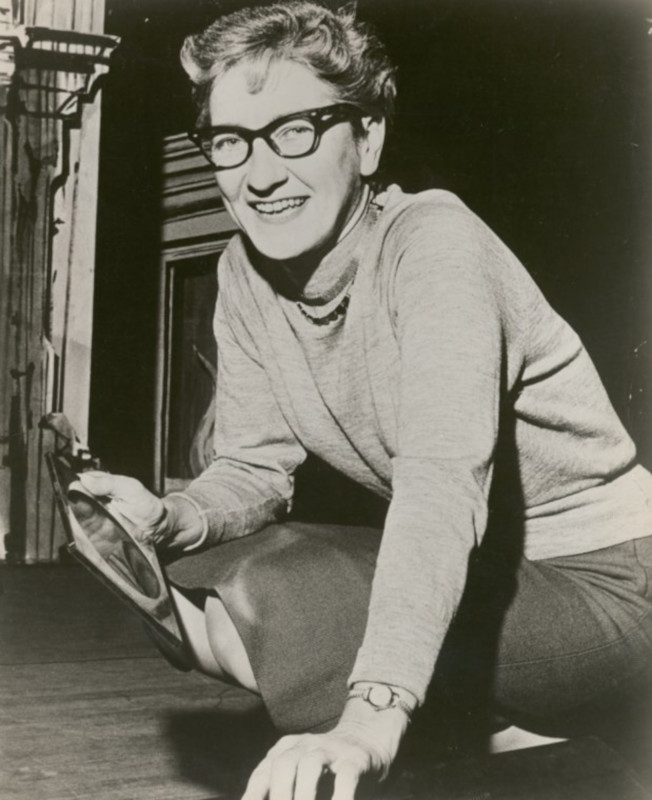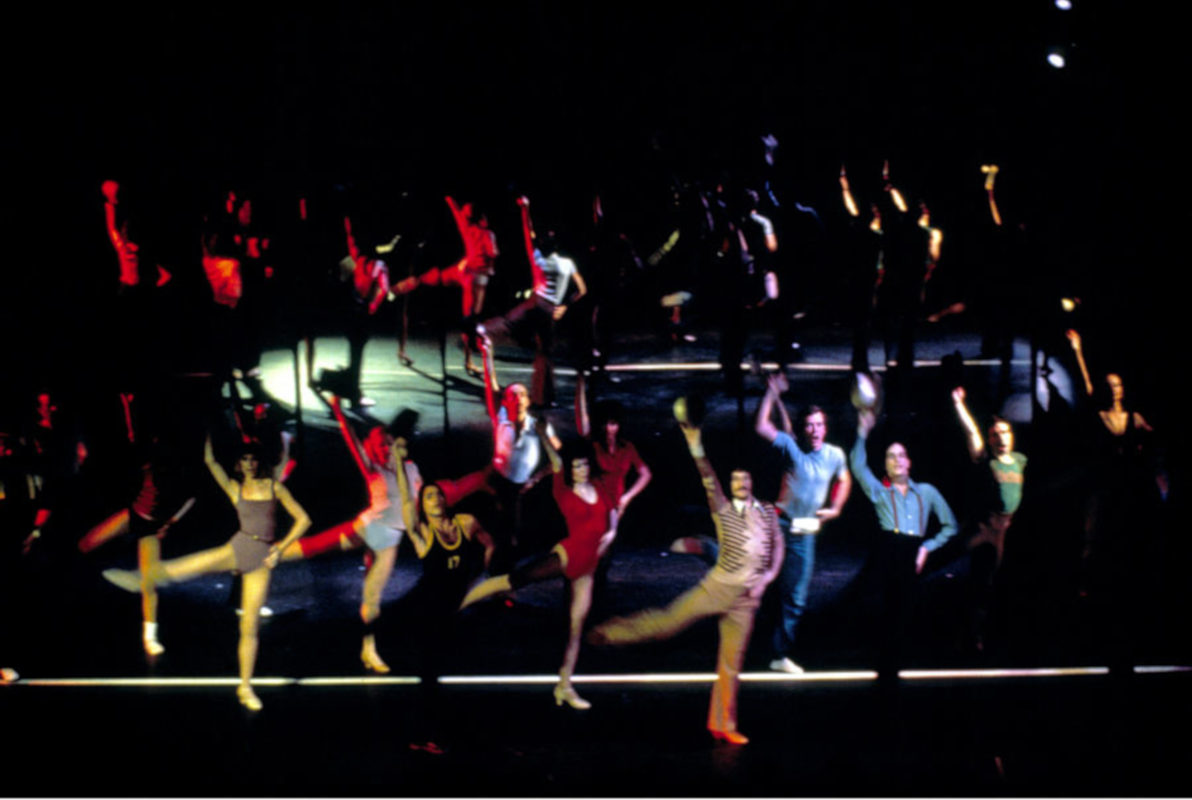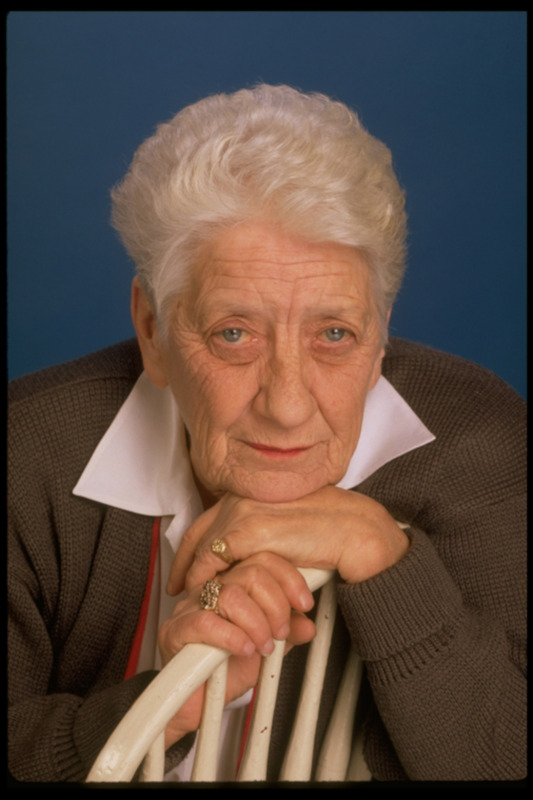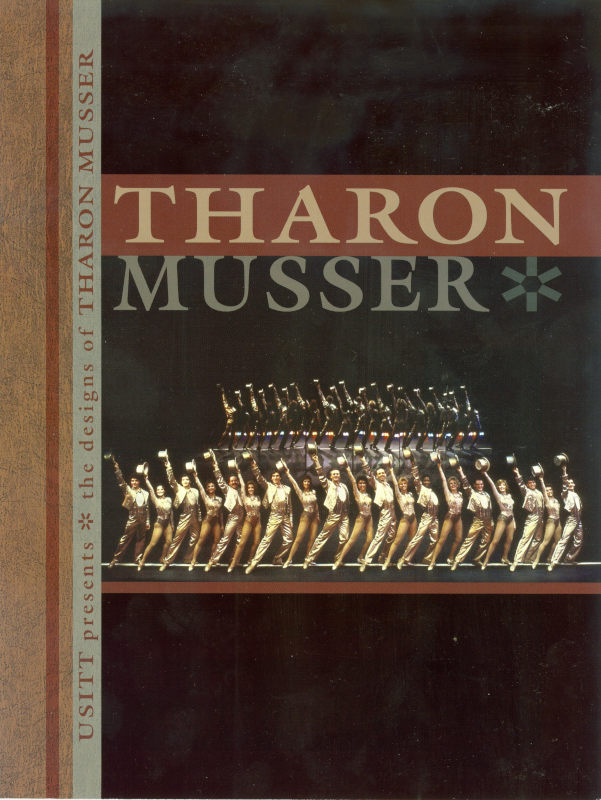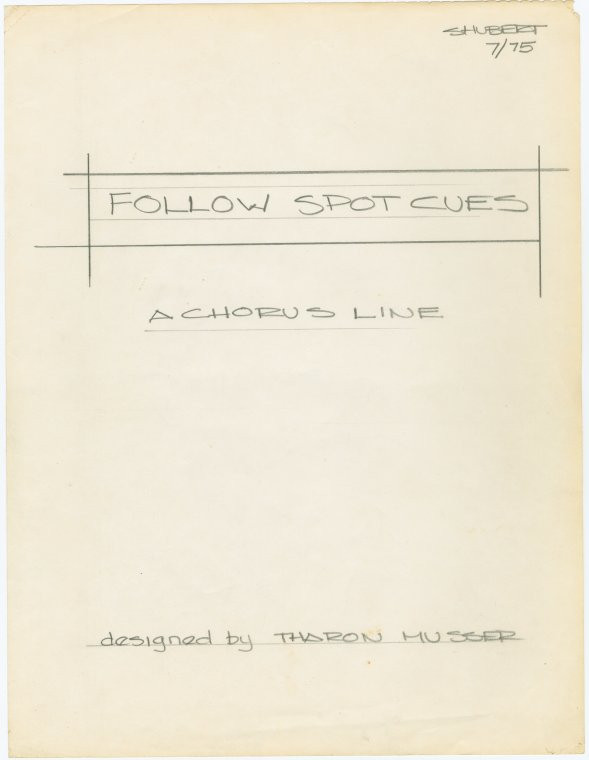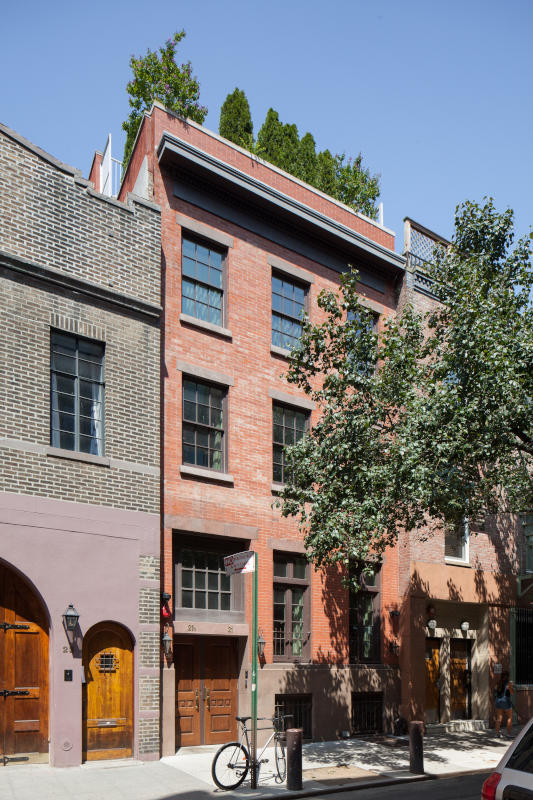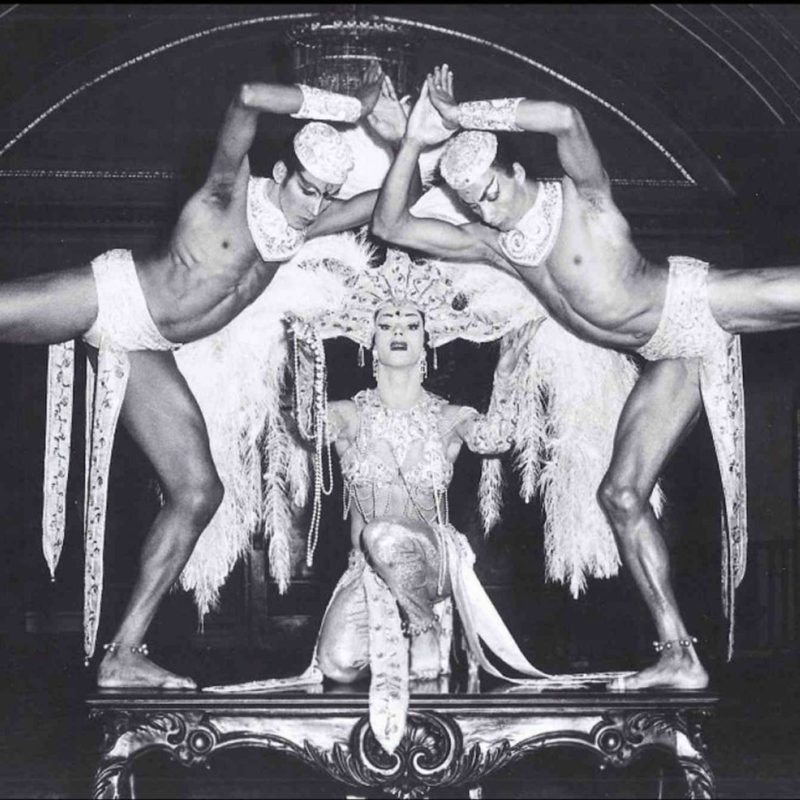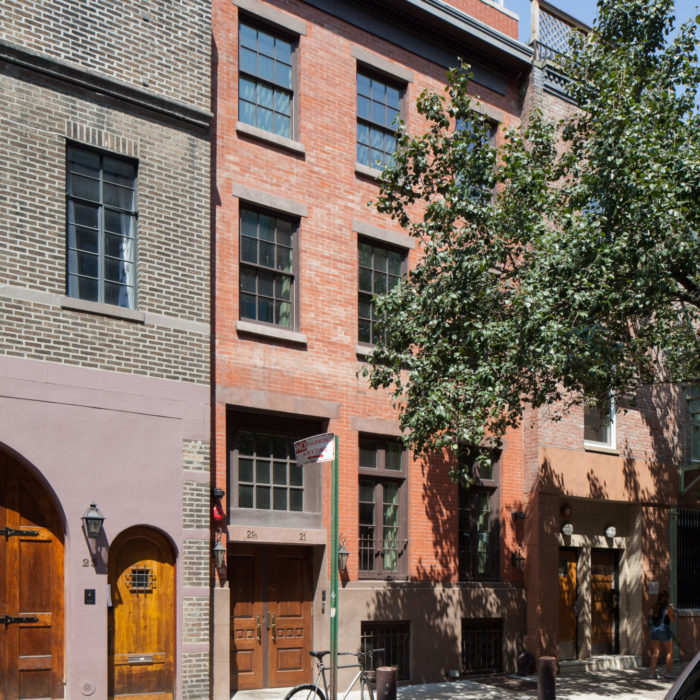
Tharon Musser Residence
overview
Tharon Musser was a pioneering and prolific lighting designer who lived in this rowhouse from 1959 to 2007, the latter part of those years with her life partner, lighting designer Marilyn Rennagel.
During these years, Musser revolutionized the field of lighting design and was nominated for ten Tony Awards, winning for the musicals Follies, A Chorus Line, and Dreamgirls.
History
Considered the dean of American lighting design and one of the first important female lighting designers in the Broadway theater, Tharon Musser (1925-2009) was born Kathleen Welland in Roanoke, Virginia, before being adopted and renamed in 1929. After earning a Master’s degree from Yale Drama School, where she studied technical design and lighting, Musser moved to New York City in 1950 and helped start Studio 7, an experimental theater. She also designed dance programs at the 92nd Street Y and, for 13 seasons, worked with the American Shakespeare Festival in Stratford, Connecticut.
Musser’s celebrated career on Broadway began with the lighting design of Eugene O’Neill’s Long Day’s Journey into Night in 1956, which was also the first U.S. production of the play. Three years later, in 1959, she moved into the altered Greek Revival rowhouse at 21 Cornelia Street in Greenwich Village. She bought the building in 1963 and lived here until 2007, two years before her death. During this time period, Musser redefined the art of lighting design, worked on over 150 Broadway plays and musicals, and was nominated for ten Tony Awards, winning for the musicals Follies (1971), A Chorus Line (1975), and Dreamgirls (1981; she also won a Drama Desk Award). Her work on A Chorus Line was particularly groundbreaking, as she was the first lighting designer in a Broadway production to use a computer-controlled lighting console (replacing manual boards) and to insist on having a permanent lighting bridge installed in the auditorium of the Shubert Theater. In a 1975 New York Times interview, Musser recalled, “A show like this, with a lot of movement, needs more light faster. This is a dance setup rather than a Broadway musical or drama. You concentrate on movement and dynamics, not eyeballs.” Within a year, computerized lighting became the norm on Broadway.
Musser is certainly considered one of the greatest—as well as the most prolific—lighting designers ever to work on Broadway. But she was also a pioneer in lighting control technology whose work paved the way for the dazzling effects that have become synonymous with productions on the Great White Way.
A selection of Musser’s other Broadway work (with an award nomination listed, where applicable) include Once Upon a Mattress (1959), The Lion in Winter (1966), Mame (1966), Applause (1970; Tony nomination), A Little Night Music (1973; Tony nomination), The Good Doctor (1973; Tony nomination), The Wiz (1975), Pacific Overtures (1976; Tony nomination), The Act (1977; Tony nomination), Ballroom (1978; Tony nomination), Children of a Lesser God (1980; Drama Desk nomination), 42nd Street (1980; Tony nomination), Brighton Beach Memoirs (1983), Lost in Yonkers (1991), and her last production, The Lonesome West (1999). She also designed for Off Broadway and national and international repertory theater productions.
Musser trained many lighting designers who went on to have successful careers, including the Tony Award-winning Ken Billington and Marilyn Rennagel, who became her life partner and survived her. After Musser died in 2009, Broadway theater marquees were dimmed in her honor.
Entry by Amanda Davis, project manager (November 2019).
NOTE: Names above in bold indicate LGBT people.
Building Information
- Architect or Builder: Unknown
- Year Built: 1843-45
Sources
Catherine McHugh, “The Tough Old Broad Who Lit the Way,” American Theatre, June 19, 2018, bit.ly/2tjo0DH. [source of pull quote]
Delbert Unruh, “In Memoriam: Lighting Designer Tharon Musser,” United States Institute for Theatre Technology, June 2009, bit.ly/2Nl5DaN.
Douglas Martin, “Tharon Musser, 84, Stage Lighting Designer,” The New York Times, April 21, 2009, B10.
“Tharon Musser,” Internet Broadway Database, bit.ly/31Uy1Wr.
“Tharon Musser Designs and Papers, 1945-2000,” Billy Rose Theatre Division, The New York Public Library.
Do you have more information about this site?
This project is enriched by your participation! Do you have your own images of this site? Or a story to share? Would you like to suggest a different historic site?
